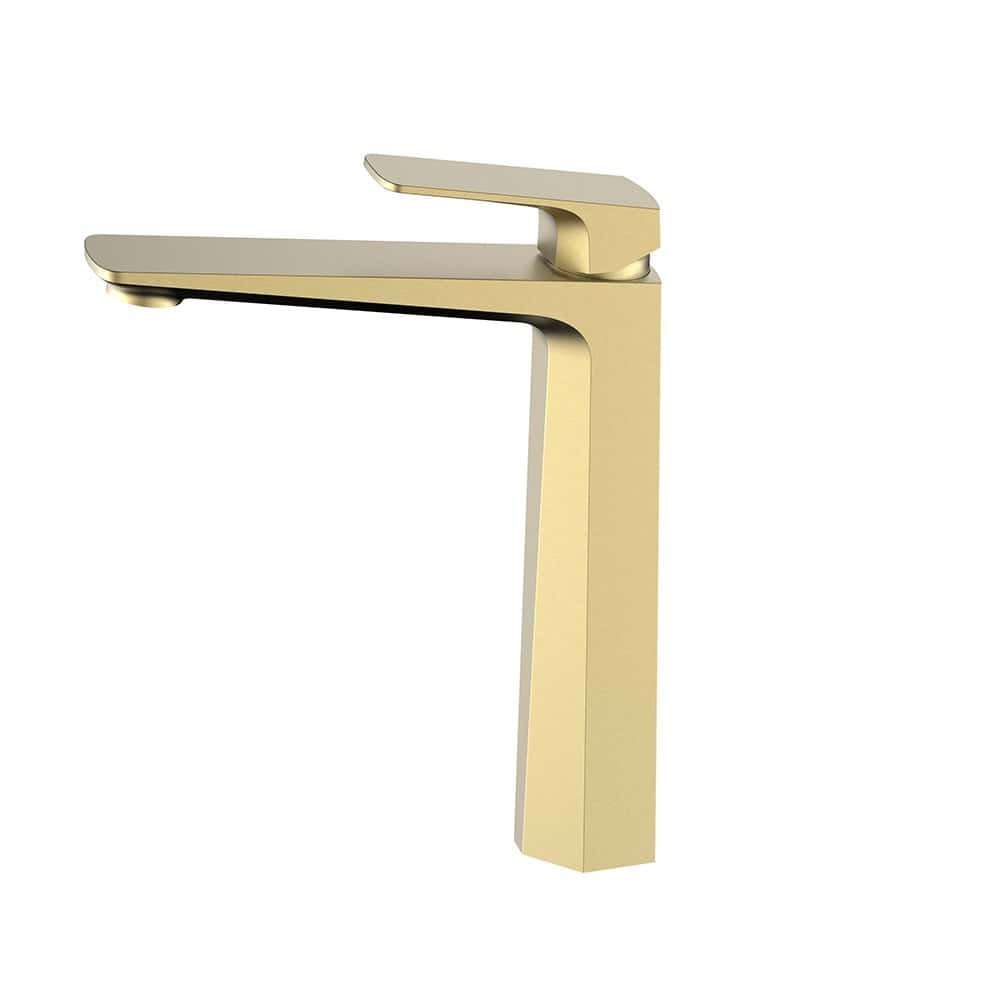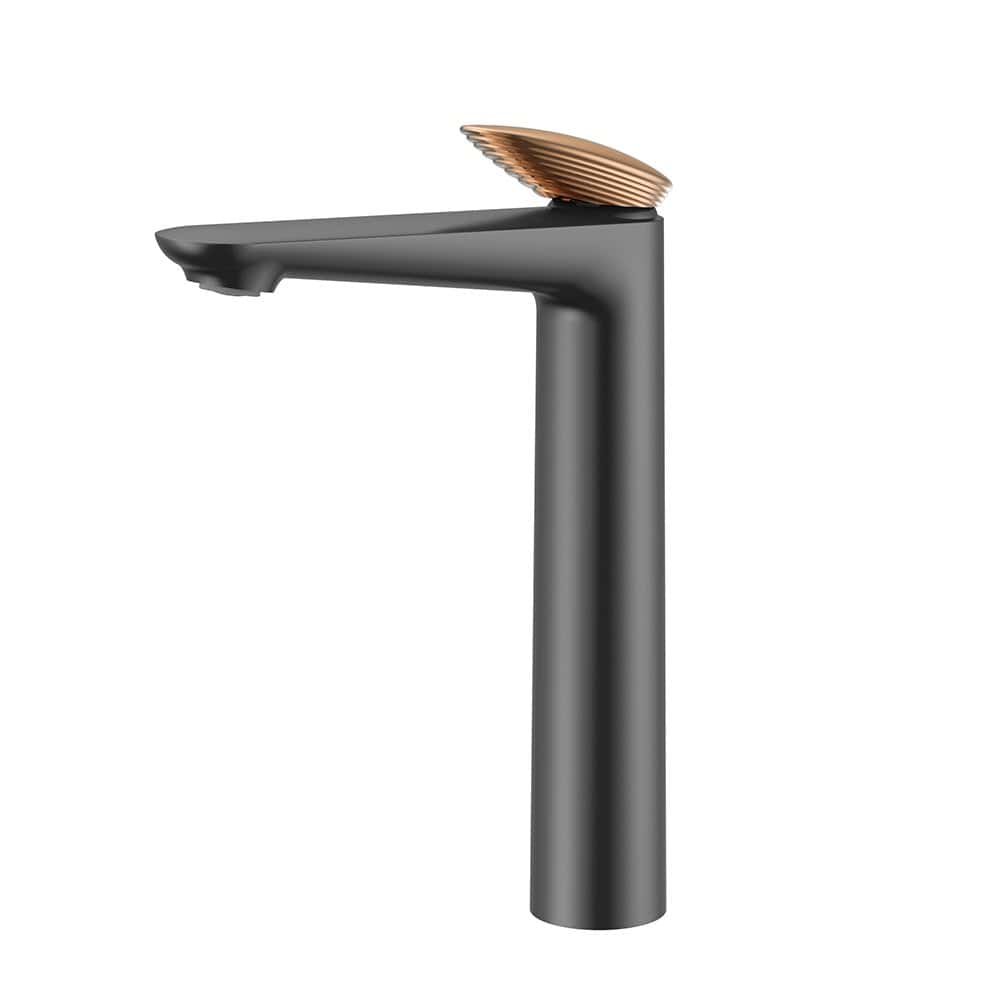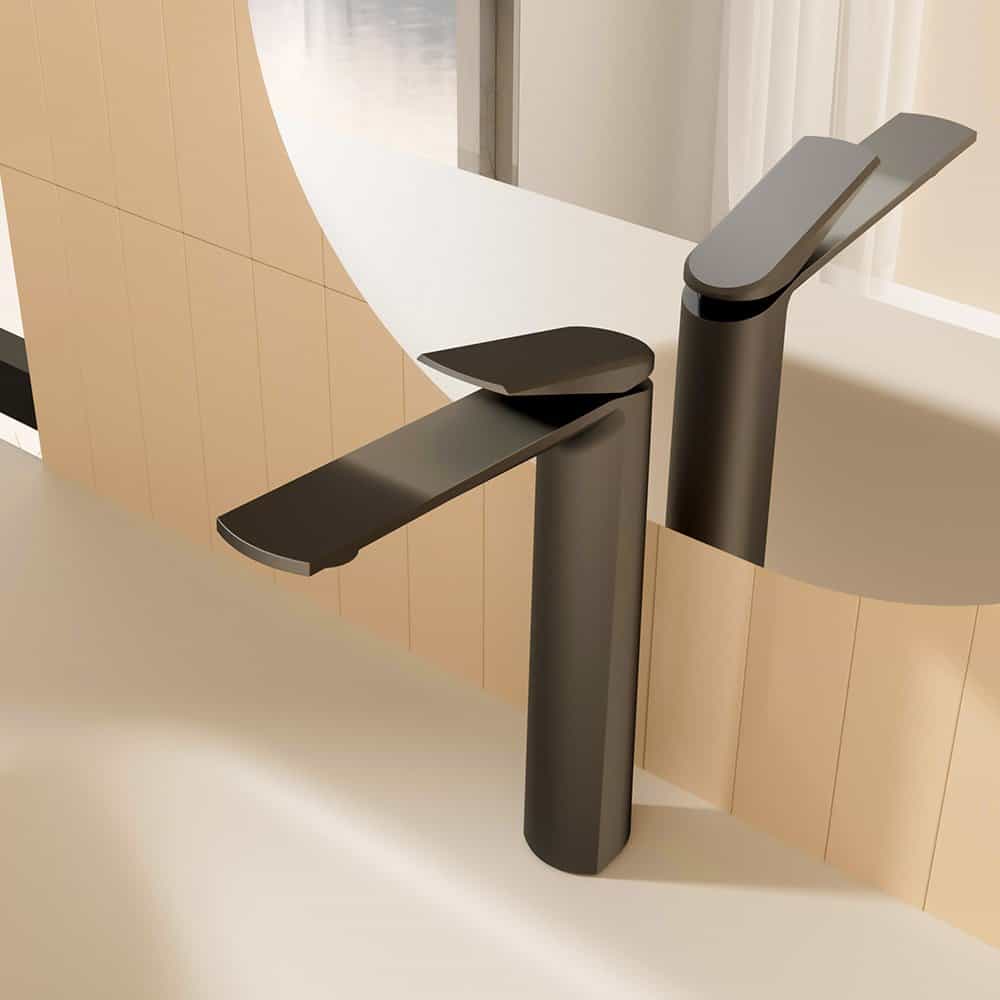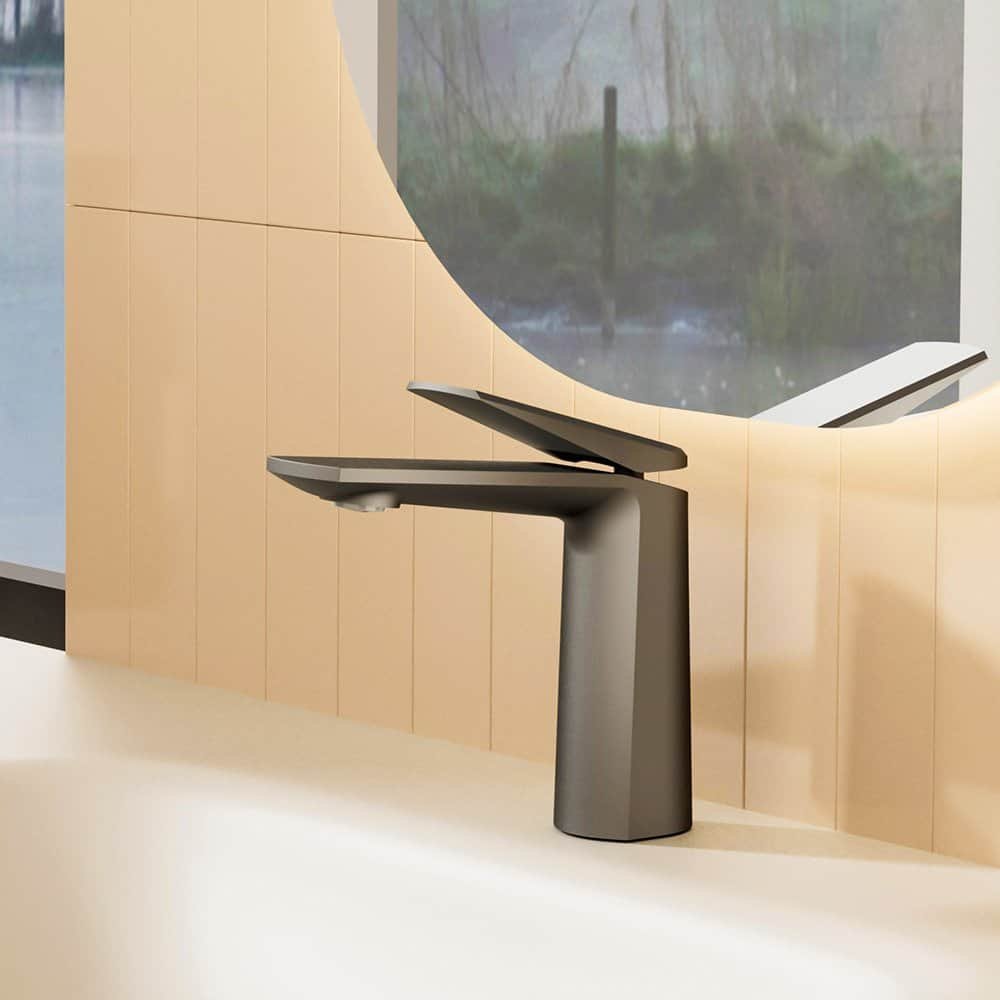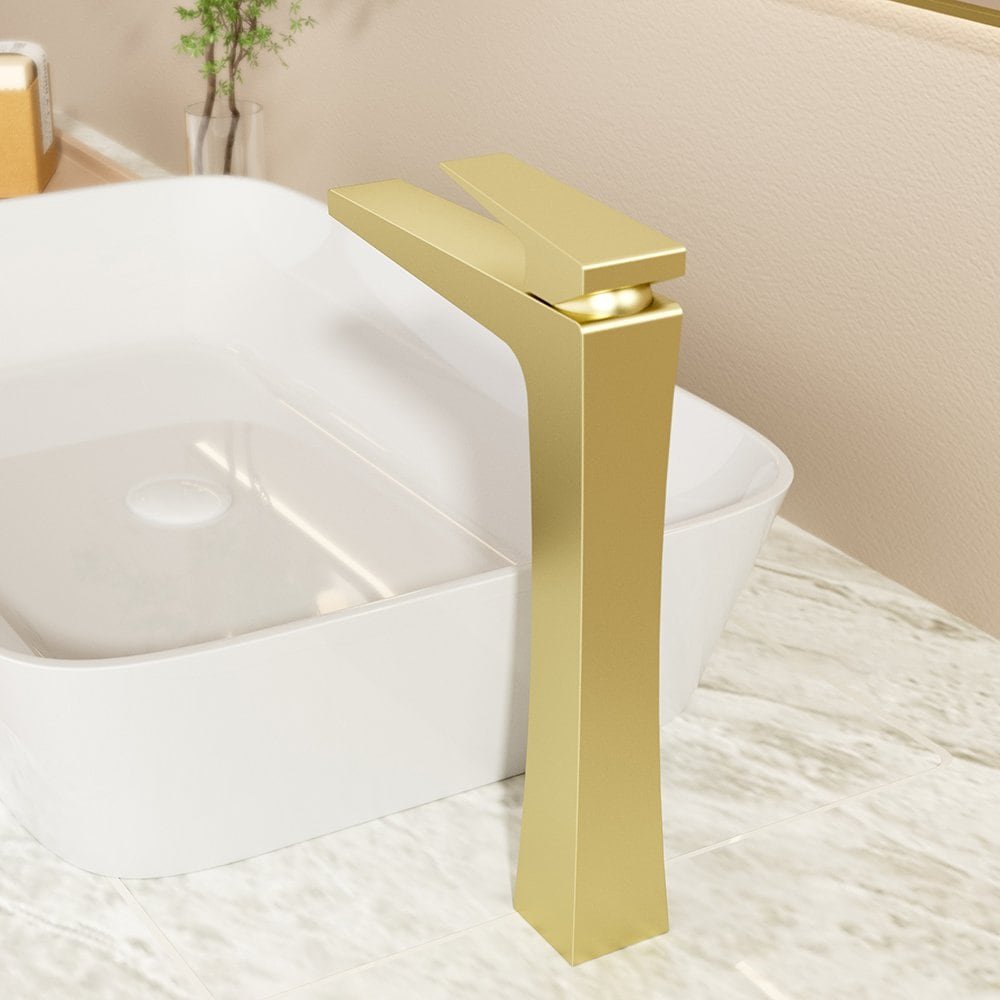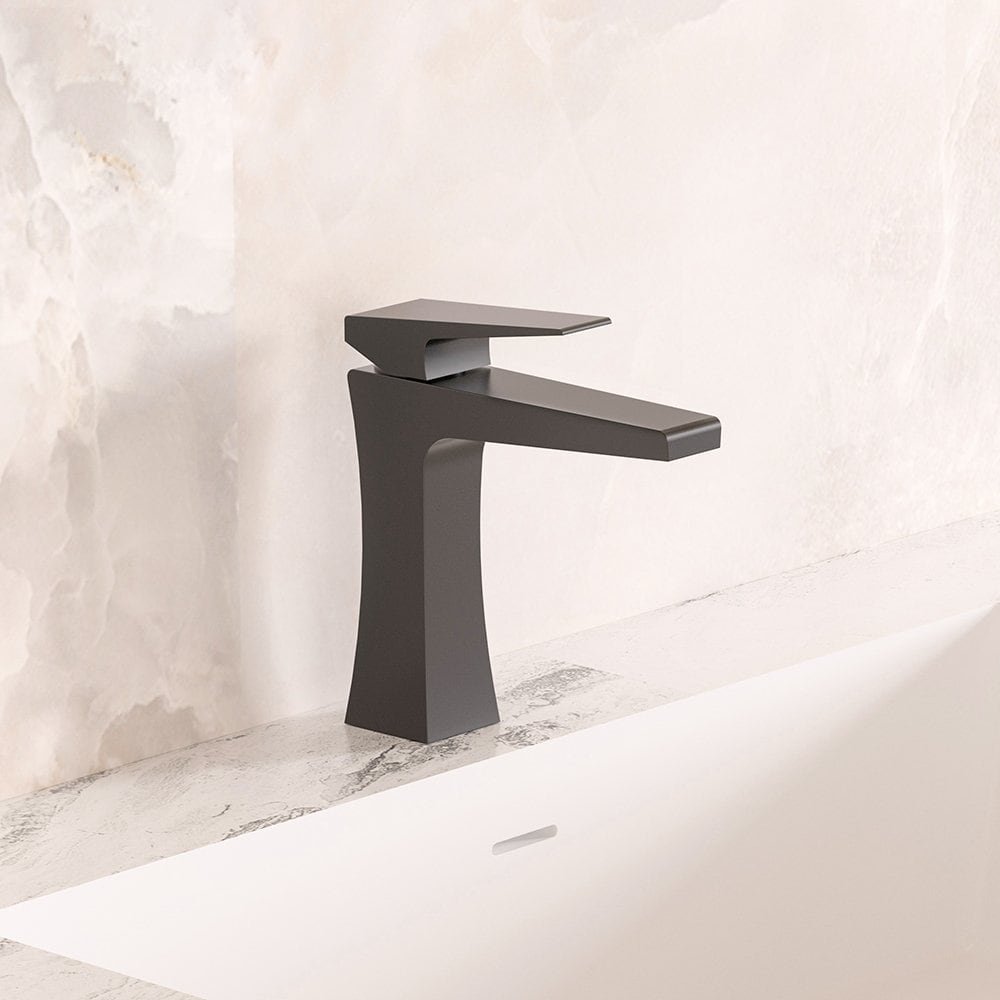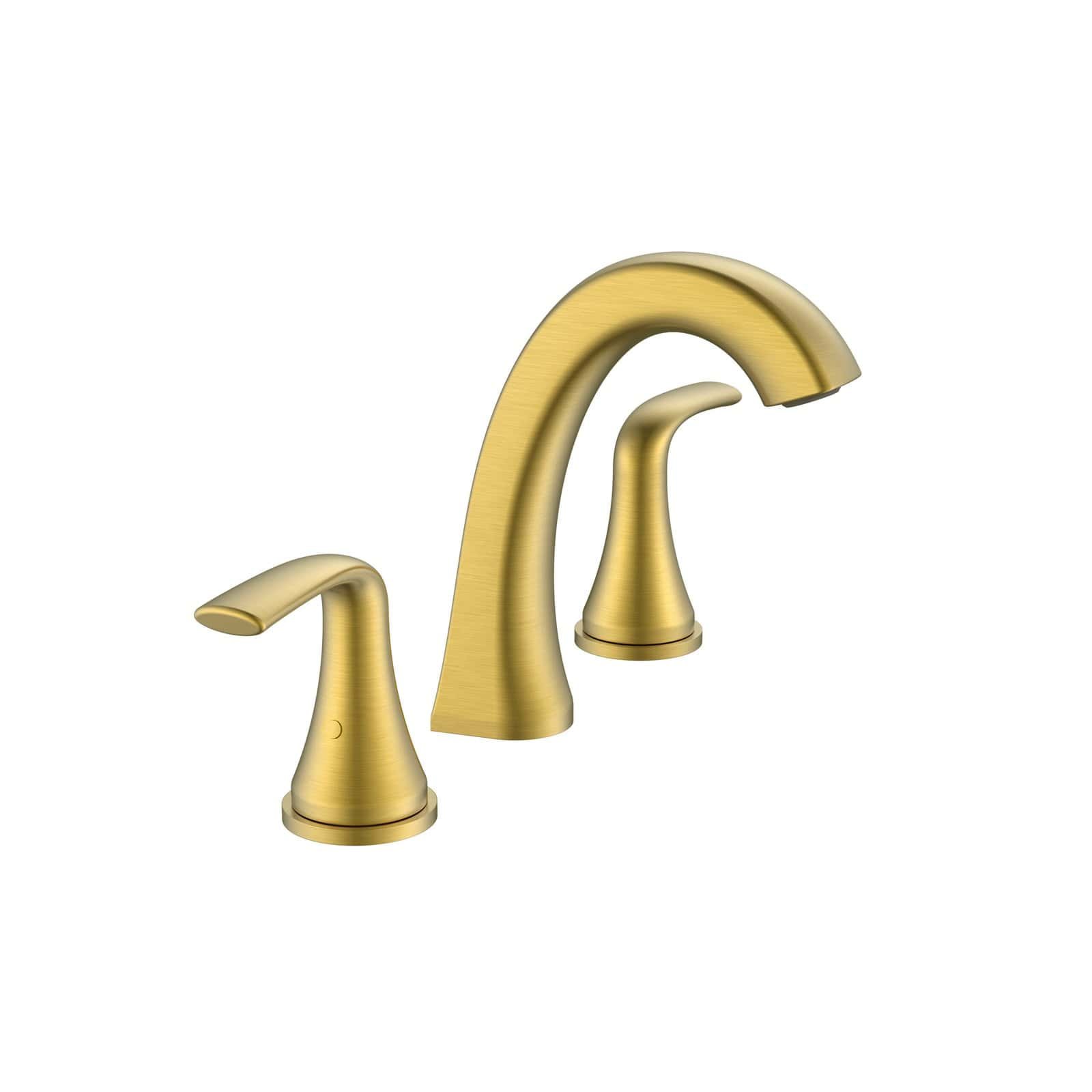I get it—you’re in the middle of a bathroom renovation, staring at endless shiny fixtures, and a simple choice suddenly feels overwhelming. Single-hole or widespread faucet? You’ve scrolled through pages of the same advice, but you still have questions.
It seems like a small detail, but it’s one you’ll use every day. You want to know which is easier to install, fits your vanity best, and won’t leak in a few years. You don’t just need pros and cons—you need a guide that addresses real concerns.
That’s exactly what you’ll find here. I’ll cover the basics and the details most guides skip—long-term reliability, family accessibility, and eco-friendly options—so you can choose your next faucet with confidence.
Table of Content
Quick Comparison: Single-Hole vs. Widespread Faucet
For those who want the highlights right away, here’s a quick breakdown of how these two styles stack up.
| Feature | Single-Hole Faucet | Widespread Faucet |
|---|---|---|
Installation | Easier and faster, great for DIY | More complex, often requires a professional |
Cost | Generally more affordable | Higher initial cost and installation fee |
Style | Sleek, modern, and minimalist | Classic, versatile, and elegant |
Space Needed | Compact, ideal for small vanities | Requires more counter space |
Cleaning | Very easy, one base to wipe down | More difficult, three separate pieces to clean around |
Water Control | Single handle for temperature and flow | Precise temperature control with separate handles |
Maintenance | Fewer leak points, but cartridge failure can be tricky | More potential leak points, but easier to service individual parts |
First Things First: What Are We Talking About?
Let’s quickly get on the same page. The main difference comes down to how many holes your sink or countertop needs.
- Single-Hole Faucets: As the name suggests, these require just one hole. The handle (or handles) and the spout are combined into a single, integrated unit. They have a clean, streamlined look and are often operated with a single lever that controls both temperature and flow.

- Widespread Faucets: These require three separate holes: one for the hot water handle, one for the cold water handle, and one for the spout. The key feature is that these three pieces are not connected above the counter, allowing for a more spaced-out, or “widespread,” installation.
The Classic Comparison: What Most People Consider
When you start your research, you’ll find a few key topics that come up again and again. Let’s break them down, because they are definitely important factors in your decision.
Installation: DIY Dream vs. Pro-Recommended
I think this is often the first thing people worry about. How hard is this going to be to get in?
- Single-Hole: These are the clear winners for ease of installation. With only one hole and fewer parts to connect, the process is much more straightforward, making it a great project for DIYers.
- Widespread: These are more complex. You have to align and install three separate components, which can be tricky and often requires a professional plumber to get it just right.
Cost: The Upfront Investment
Your budget is always a major factor. The price difference isn’t just about the faucet itself, but also the cost to get it running.
- Single-Hole: These are generally more budget-friendly. The simpler design means they cost less to manufacture, and the easier installation can save you money on labor costs.
- Widespread: These tend to be more expensive. The separate components and often more robust designs lead to a higher price tag, and you’ll likely need to factor in the cost of a plumber.

Style and Aesthetics: Modern Minimalist vs. Classic Elegance
This is where your personal taste comes in. The faucet is like jewelry for your sink, and each style makes a different statement.
- Single-Hole: This style screams modern. Its sleek, minimalist design is perfect for contemporary and uncluttered bathrooms.
- Widespread: This style is incredibly versatile. While it’s often associated with a classic, traditional, or “upscale” feel, you can find widespread faucets in a huge range of designs, from vintage to ultra-modern. They offer more design flexibility overall.
Space: Compact Footprint vs. Grand Statement
The size of your bathroom and vanity plays a huge role in which faucet will look and feel right.
- Single-Hole: Their compact nature makes them ideal for smaller bathrooms, powder rooms, or vanities where counter space is precious.
- Widespread: These require more real estate on your countertop and look best on larger vanities where they have room to breathe. On a big double vanity, a widespread faucet can be a beautiful focal point.

Cleaning: The “Flossing” Factor
This is a practical, everyday consideration that people on forums talk about all the time.
- Single-Hole: With just one solid base, cleaning is a breeze. A quick wipe around the bottom and you’re done.
- Widespread: Get ready to do what some users call “flossing around the faucet.” Cleaning around three separate bases is more tedious and gives grime more places to hide.
Going Deeper: What Most Guides Forget to Mention
Okay, we’ve covered the basics. Now, let’s get into the details that will help you make a truly informed decision—the kind that you’ll still be happy with five years from now.
Long-Term Reliability: A Plumber’s Perspective
A beautiful faucet is useless if it’s always dripping. From a maintenance standpoint, there are some interesting trade-offs.
- Single-Hole Faucets:
- The Good: With fewer connections, there are theoretically fewer points where a leak can start.
- The Catch: If the internal mixing cartridge fails, you often have to shut off both the hot and cold water to the sink to make the repair, leaving the sink unusable until it’s fixed.

- Widespread Faucets:
- The Good: Repairs can be much more modular. If the hot water handle starts dripping, you can often shut off just that side’s water supply and still use the cold water. You can also replace the valve in just that one handle without touching the rest of the faucet.
- The Catch: More components and connections under the sink mean more potential spots for issues to develop over time.

A Word on Brands: Who Can You Trust?
Speaking of quality, the brand you choose makes a huge difference. Based on my experience and extensive customer research, a few names consistently rise to the top.
- Lifestory Research has ranked Moen» as America’s most trusted faucet brand for nine consecutive years.
- Delta» is often praised for its budget-friendly performance and smart features like Touch2O® technology.
- Kohler» is known for its premium craftsmanship and high-end, elegant designs.
- Hansgrohe» is a German brand renowned for its precision engineering, luxurious feel, and focus on sustainability. It’s often considered a step up in price and quality, and plumbers frequently recommend it for its durability.
- Lanerdi» is a smart choice if you want solid craftsmanship at a more cost-effective price. It delivers reliable quality without sacrificing durability, making it ideal for buyers who value both performance and affordability.
Accessibility for Everyone: Universal Design & ADA Compliance
This is a topic that is almost completely ignored, but it’s incredibly important. You want a bathroom that is safe and comfortable for everyone—kids, grandparents, or anyone with limited hand strength. This is the core idea behind Universal Design.
The Americans with Disabilities Act (ADA) has specific guidelines for faucets to ensure they are accessible. In simple terms, a compliant faucet must:
- Be operable with one hand.
- Not require tight grasping, pinching, or twisting of the wrist.
- Activate with less than 5 pounds of force.
Single-lever faucets are often a natural fit for these rules and are much easier for children or people with arthritis to use. Widespread faucets can also be ADA-compliant, but you’ll want to choose models with lever-style handles instead of round knobs that require gripping and twisting. For more information, you can review the official guidelines from the U.S. Access Board.

The Eco-Friendly Choice: Water Savings & Sustainability
A new faucet is a great opportunity to reduce your home’s environmental footprint and save money on your water bill.
Look for the EPA WaterSense label. This is a certification from the U.S. Environmental Protection Agency that guarantees the faucet is water-efficient without sacrificing performance.
- A standard faucet uses 2.2 gallons per minute (GPM).
- A WaterSense-labeled faucet uses a maximum of 1.5 GPM (and a new proposal aims to lower it to 1.2 GPM), reducing water flow by 30% or more.
The great news is that this certification is available for both single-hole and widespread models. The technology is inside the faucet, so you don’t have to sacrifice style to save water. Choosing a WaterSense model can save an average family 700 gallons of water per year.
Special Situations: What About Your Unique Setup?
For the Renter: A Temporary, Reversible Upgrade
If you’re renting, you might think you’re stuck with that boring, builder-grade faucet. Think again. Swapping out a faucet is one of the most common and impactful renter-friendly upgrades you can make.
The process is straightforward and completely reversible:
- Turn off the water supply using the valves under the sink.
- Disconnect the water lines from the old faucet.
- Unscrew the nuts holding the old faucet in place and remove it.
- Install your new faucet by reversing the steps.
- Crucially: Carefully pack away the original faucet and all its parts. When you’re ready to move out, you can simply reinstall it, leaving no trace behind.
The Existing Sink Dilemma: Working with What You’ve Got
Unless you’re getting a brand new countertop, the number of holes you already have is your biggest constraint.
- If you have one hole: A single-hole faucet is your go-to.
- If you have three holes: You have options. A widespread faucet will fit perfectly. But if you prefer the look of a single-hole faucet, you can still use one by adding a deck plate (also called an escutcheon) to cover the extra two holes neatly.
Making Your Final Decision
So, after all that, which one is right for you? There’s no single winner; it’s about matching the faucet to your needs, style, and bathroom.
I think you should choose a Single-Hole Faucet if:
- You want a simple, DIY-friendly installation.
- You’re working with a tighter budget.
- You have a small bathroom, a powder room, or limited counter space.
- You love a clean, modern, and minimalist aesthetic.
- Easy cleaning is a top priority for you.
- Your household includes kids, seniors, or anyone who would benefit from effortless, one-handed operation.
On the other hand, I’d go with a Widespread Faucet if:
- You have a large vanity and want the faucet to be an elegant focal point.
- Your style leans more classic, traditional, or transitional.
- You prefer the precise, two-handed control over water temperature.
- You value the flexibility of being able to repair one component at a time for long-term maintenance.
- You’re hiring a professional for the installation, so complexity isn’t a concern.
Ultimately, the best faucet is the one that not only fits your sink but also fits your life. Think about who will be using it every day and what will make your daily routines a little bit easier and more enjoyable.



